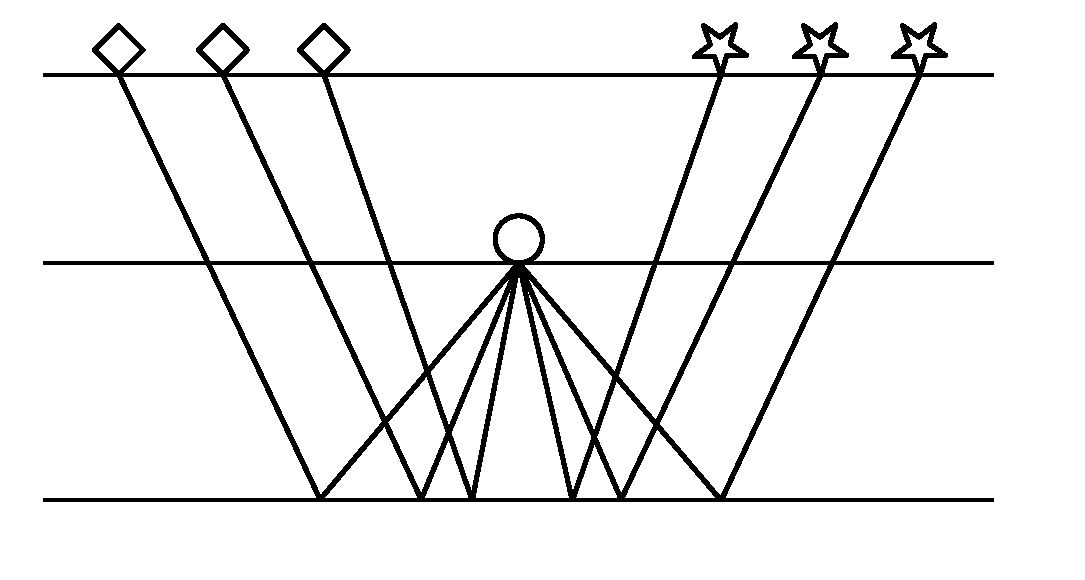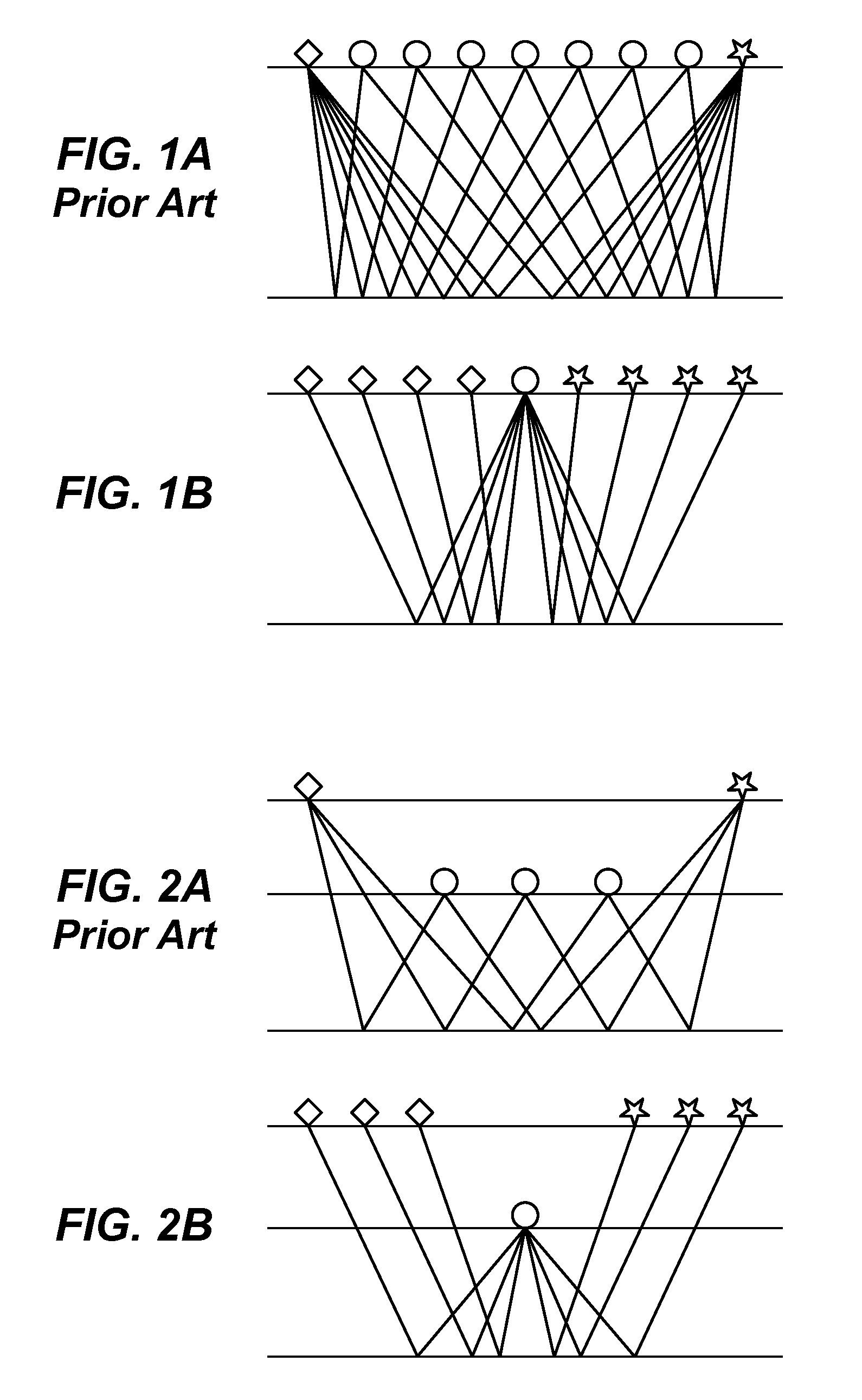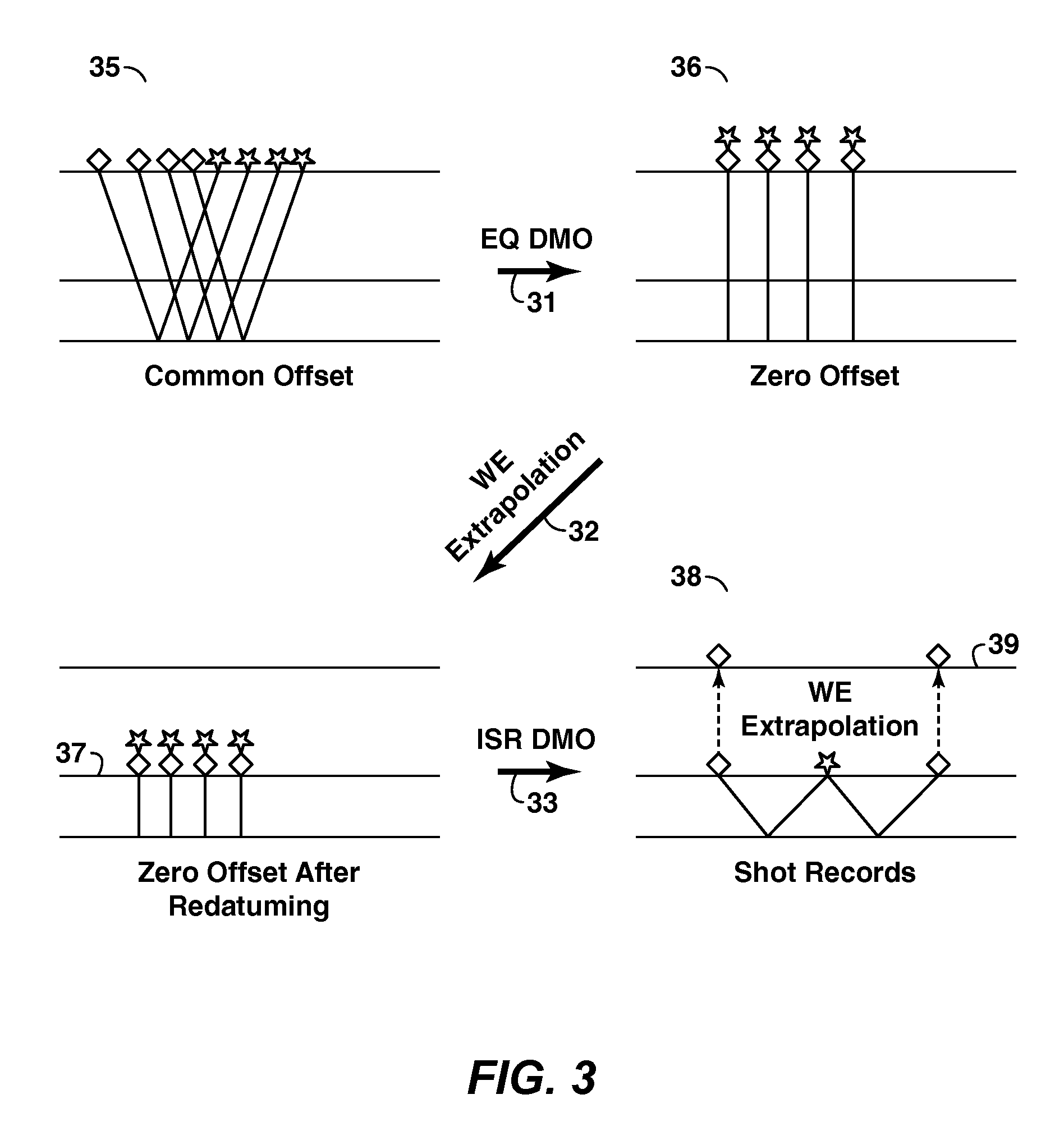Efficient Multiple Prediction In Two and Three Dimensions
a multiple prediction and three-dimensional technology, applied in the field of geophysical prospecting, can solve the problems of insufficient accuracy of multiple prediction produced by srme and ime, difficult to achieve in common industry practice, and inability to directly subtract input multiple-contaminated data
- Summary
- Abstract
- Description
- Claims
- Application Information
AI Technical Summary
Problems solved by technology
Method used
Image
Examples
example
[0064]The present inventive method was tested using a 2D synthetic dataset. An IME embodiment of the invention was selected, since SRME is just a special case of IME where downward and upward continuation are not required. Acquisition geometry used in this example is summarized in Table 1.
TABLE 1Acquisition geometryShot spacing25 mReceiver spacing25 mMaximum absolute offset2500 m Number of shots401Number of receivers / shot201record
[0065]FIG. 6 shows the stack (with a t2 gain applied) before multiple attenuation. The three primary reflections are indicated by 61, 62 and 63. All other events shown are internal multiple reflections. As stated above, to simplify the example, surface-related multiples were not modeled in the synthetic data set. Thus, only first, second, and third-order interbed multiples with downward reflection points on the first and second interfaces are included: for example, 65 is an interbed multiple with downward reflection points on the first interface, with the t...
PUM
 Login to View More
Login to View More Abstract
Description
Claims
Application Information
 Login to View More
Login to View More - Generate Ideas
- Intellectual Property
- Life Sciences
- Materials
- Tech Scout
- Unparalleled Data Quality
- Higher Quality Content
- 60% Fewer Hallucinations
Browse by: Latest US Patents, China's latest patents, Technical Efficacy Thesaurus, Application Domain, Technology Topic, Popular Technical Reports.
© 2025 PatSnap. All rights reserved.Legal|Privacy policy|Modern Slavery Act Transparency Statement|Sitemap|About US| Contact US: help@patsnap.com



